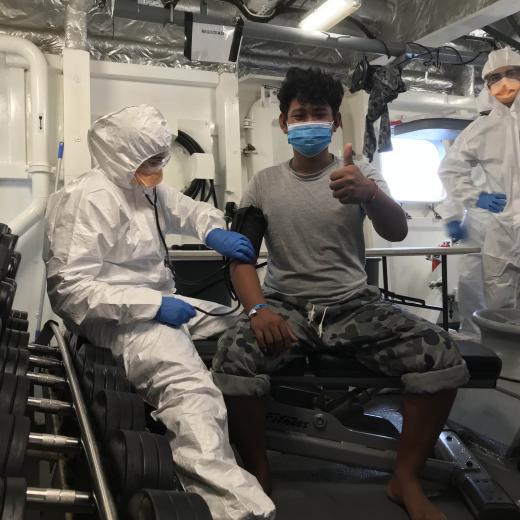BLUF
People with neurodiverse disorders are statistically unlikely to get employment, but a greater understanding of the disorders reveals that they can bring specialist and unique skills to the workplace.Summary
Around 15-20% of the global population are "neurodiverse". People with these conditions can find communicating a challenge and may find it challenging to work in a typical office environment. Unfortunately, other people assume they will be less capable or difficult to work with as a team member.
Neurodiversity covers these disorders:
-
Attention Deficit Hyperactivity Disorder involving inattention and impulsivity.
-
Autism Spectrum Disorder involves difficulty in communicating with others and sensory overload.
-
Dyslexia involves difficulties with reading and spelling.
-
Dyspraxia involves challenges with coordinating physical movements, including speech.
-
Dyscalculia involves challenges with numbers.
-
Tourette syndrome causes involuntary physical and vocal "tics".
Australia's Department of Defence has realised that neurodiverse members can enhance capability in such areas as cyber security. This article notes that their strengths can include:
"a remarkable eye for detail; accuracy and consistency; a logical and analytical approach to detecting irregularities; pattern-matching skills; and a high tolerance for repetitive mental tasks".
References
- Feb 2020. AGCAS. Strengths associated with Neurodiversity in the workplace
- Sep 2020 The Conversation. Neurodiversity at work benefits everyone – why companies are hiring autistic people
- Sep 2021. Achieve Centre. 5 Ways to Support Neurodiversity in the Workplace





